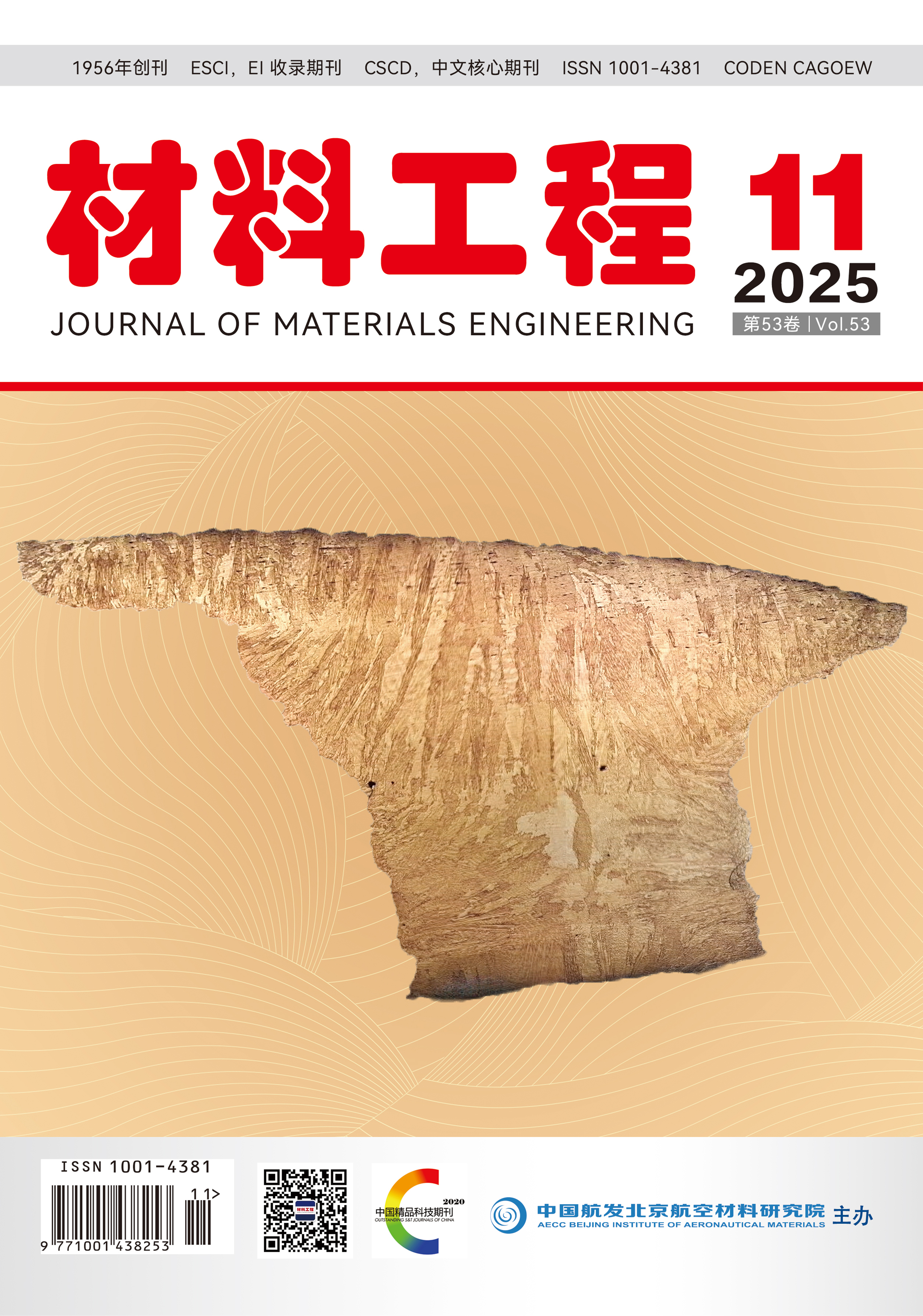Metal Additive Manufacturing Column
Guoliang ZHU, Hua LUO, Jian HE, Yusheng TIAN, Dongyu WEI, Qingbiao TAN, Decheng KONG
Nickel-based superalloys have attracted significant attention due to their outstanding high-temperature strength, corrosion resistance, and oxidation resistance, and are widely used in aerospace and other fields. This article provides a comprehensive review of the preparation methods, common grades, and microstructure and properties of additive manufactured nickel-based superalloys, summarizes the current issues, and proposes future areas for exploration. Nickel-based superalloys prepared by metal additive manufacturing technology have excellent performance, can achieve precise forming of complex components, and have minimal material waste during the manufacturing process. They are expected to become an important production process for nickel-based superalloys components in fields such as aerospace. Common methods for additive manufacturing of nickel-based superalloys include laser powder bed melting, directed energy deposition, and arc additive manufacturing. Powder bed melting is widely used for manufacturing high-precision and complex parts, but it has a relatively slow manufacturing speed and higher equipment and material costs. Directed energy deposition has higher degrees of freedom and flexibility and can be used to prepare functional gradient materials, but it has lower accuracy. Arc additive manufacturing has lower equipment and material costs and is suitable for rapid manufacturing of large parts, but the surface roughness of the alloy produced by this method is poor and requires additional processing or post-treatment. Nickel-based superalloys widely studied in the additive manufacturing process include IN625, Hastelloy X, and other solid solution strengthened alloys, as well as IN718, CM247LC, IN738LC, and other precipitation strengthened superalloys. Compared with traditional casting and forging methods, the unique layer-by-layer forming and rapid cooling and heating process of additive manufacturing result in a coarse columnar grain structure and a unique microstructure with a large number of fine grains. It also forms unique melt pool structures and dislocation cell structures. However, the alloys obtained by additive manufacturing generally require heat treatment to control grain structure and precipitated phases, which affects the mechanical properties of the alloy. In addition, the mechanical properties of additive manufactured nickel-based superalloys are also related to specific preparation methods and alloy types. Although additive manufacturing has been widely used in the preparation of nickel-based superalloys, there are still issues such as anisotropy in microstructure and properties, high sensitivity to alloy cracking, and a lack of corresponding specifications and standards. In the future, further exploration is needed in areas such as heat treatment, customization and development of specialized alloys, investigation of the process-structure-function relationship, and computational modeling.
